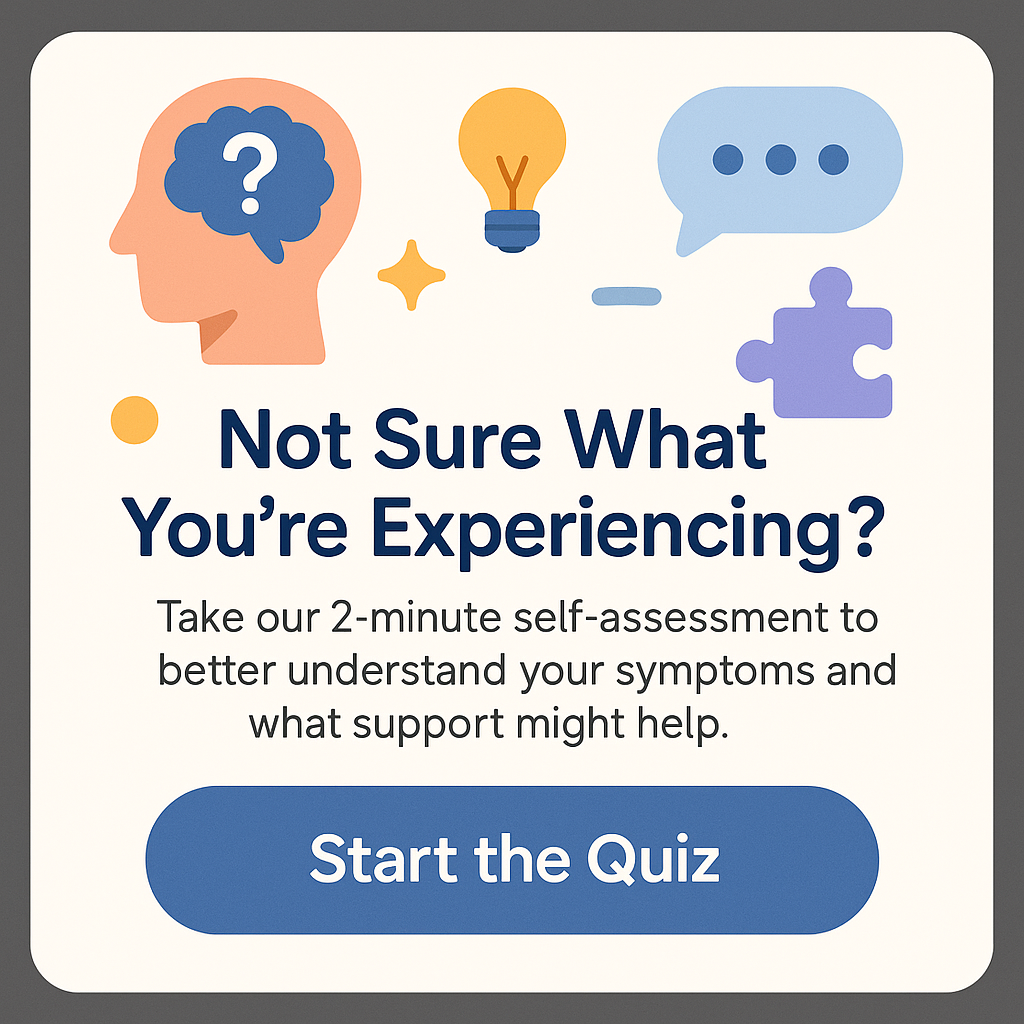What is an example of attention in ABA?
Have you ever wondered what is an example of attention in ABA? This question is fundamental not only for behavior analysts but also for parents and educators who want to understand how attention affects learning and behavior. In Applied Behavior Analysis (ABA), attention serves as a crucial reinforcer that can significantly impact the behavior of individuals, especially those with autism spectrum disorder (ASD). By examining how attention functions within the context of ABA, we can better understand its role in fostering positive behaviors and reducing undesirable ones.
ABA focuses on analyzing and modifying behavior through the principles of reinforcement, punishment, and shaping. When we talk about attention within this framework, we refer to the idea that individuals often engage in specific behaviors to gain attention, whether it’s positive or negative. For instance, a child may throw a tantrum to receive attention from their parents or caregivers. Understanding what is an example of attention in ABA can help us design effective strategies that promote positive behavior while discouraging negative ones.
In this article, we’ll delve deep into what is an example of attention in ABA, providing specific examples and practical applications. We’ll discuss some effective strategies that utilize attention as a behavioral reinforcer. By the end, not only will you have a clear understanding of the concept, but you will also be equipped with insights for practical implementation in real-life scenarios.
The Role of Attention in ABA
To understand what is an example of attention in ABA, let’s first discuss what attention means within this framework. Attention can be seen as a reward that individuals seek out through their behavior. It is important to recognize that attention can come in different forms – it can be positive, such as praise and encouragement, or negative, like scolding and reprimands. In ABA, the goal is to utilize attention effectively to shape desirable behaviors.
Consider a child named Alex, who frequently shouts during class. It might be easy to dismiss Alex’s behavior as merely disruptive. However, if we analyze the situation through the ABA lens, we see that by shouting, Alex is receiving attention, even if it’s not the kind of attention he wants. When the teacher responds, whether positively or negatively, Alex learns that shouting is a way to get noticed. This is a prime example of how attention functions as a powerful reinforcer in behavior analysis.
In terms of positive reinforcement, consider the case of a child completing their homework without prompting. When a parent consistently praises the child’s efforts, the child feels valued and is more likely to repeat this desired behavior in the future. Here, the attention serves as a catalyst for promoting the desired behavior, illustrating how understanding what is an example of attention in ABA can be transformative for both students and educators.
Moreover, it’s crucial to note the context in which attention is given or withheld. For instance, if a child is seeking attention by engaging in a disruptive behavior, and they eventually receive it— even if it’s negative— this can reinforce their conduct in the long run. Therefore, ABA practitioners emphasize the need to modify the environmental factors influencing such behaviors.
Examples of Attention-seeking Behavior in ABA
Now that we have addressed what is an example of attention in ABA let’s explore some specific scenarios where attention-seeking behavior manifests. Behavioral analysts often observe how individuals modify their actions based on the attention they receive from others.
A common example is seen in children with ASD, who may engage in repetitive behaviors, such as hand-flapping or vocalizations, to capture the attention of peers or caregivers. If these behaviors attract positive engagement, such as a smile or verbal acknowledgment, the child is likely to continue engaging in these actions. This situation aptly demonstrates the principles of what is an example of attention in ABA.
In a classroom setting, consider a scenario where a student named Emily frequently raises her hand to answer questions, but her teacher frequently overlooks her. After a few attempts of being ignored, Emily may start to throw her pencil or tap her desk loudly. In this instance, the behavior serves as a method to obtain attention. Once the teacher acknowledges Emily’s disturbances, even if it’s to correct her, Emily’s action has been reinforced. Recognizing such patterns is crucial when applying ABA principles effectively.
Positive Attention Strategies in ABA
Understanding what is an example of attention in ABA leads us to implement effective strategies. One vital method is the use of positive reinforcement. For instance, parents and educators can set up a token economy system to reward desired behaviors with tokens or praise. Each token represents a piece of attention given and can be exchanged for a privilege or reward.
An example of this might be using a sticker chart where a child earns a sticker for every instance of attentive behavior, such as raising their hand before speaking, completing assignments, or refraining from disruptive actions. Not only does the child gain immediate recognition for their efforts through the sticker, but they also work towards a larger reward, such as extra playtime or a fun outing, reinforcing their positive actions further.
Incorporating attention effectively means that caregivers and educators must be consistent and deliberate in providing praise. Notice how reinforcing the behavior consistently helps the child understand which actions lead to positive outcomes. When a child receives attention after showing appropriate behaviors, they are more likely to repeat these behaviors since they see a direct correlation between their actions and the responses of others.
Negative Attention and Its Impact in ABA
While it’s important to focus on how attention can be utilized positively, we must also acknowledge the negative forms of attention and their consequences. A common misconception is that all attention is good; however, even negative attention can reinforce undesirable behaviors.
Take, for instance, a scenario where a child throws a toy to get attention. If parents react by scolding or firmly asking them to stop, the child may feel they have succeeded in capturing the adults’ focus, albeit negatively. This cycle continues as the child learns that disruptive behavior can still result in a reaction from others, regardless of whether it’s positive or not. As a consequence, the behavior is likely to be repeated.
Thus, when applying ABA strategies, it’s essential to recognize attention-seeking behaviors and create an environment that minimizes opportunities for such actions. Caregivers and teachers need to provide ample positive feedback and attention for desirable behaviors while strategically ignoring unwanted actions to avoid inadvertently reinforcing them.
Summary and Conclusion
In summary, attention is a significant factor in ABA that can shape behaviors in profound ways. Understanding what is an example of attention in ABA helps parents, teachers, and behavior analysts create effective strategies for fostering positive behaviors while minimizing disruptive conduct. By recognizing the various forms of attention and their implications, educators can develop programs that utilize attention as a powerful tool for change and growth.
Ultimately, every action a child takes is driven by the need for attention. Understanding this simple yet profound concept allows caregivers and educators to apply ABA effectively, ensuring students not only feel valued but also thrive in their environments. By focusing on reinforcing desirable actions and minimizing negative behaviors through careful attention management, we can foster a positive learning atmosphere that benefits everyone involved.
Frequently Asked Questions (FAQs)
1. What does attention mean in ABA?
In ABA, attention refers to the responses given to certain behaviors, which can be positive or negative reinforcement. It serves as a motivator for individuals to repeat or reduce specific actions.
2. How can I effectively use attention to reinforce positive behavior?
Using attention to reinforce positive behavior involves consistently praising or rewarding desired actions, creating a feedback loop that encourages children to repeat these behaviors for similar rewards.
3. Can negative attention reinforce undesired behavior?
Yes, negative attention can inadvertently reinforce undesirable behavior. If a child receives attention (even if negative) for a disruptive act, they may repeat the behavior to garner similar responses.
4. What are some techniques to redirect negative attention-seeking behaviors?
Techniques include ignoring negative behaviors while consistently reinforcing positive actions. Implementing structured routines and offering praise for appropriate behaviors can also help redirect actions effectively.
5. How does ABA help children with attention issues?
ABA can help children with attention issues by teaching them how to engage in positive behaviors through reinforcement strategies, increasing their capacity to focus and participate in various settings.







